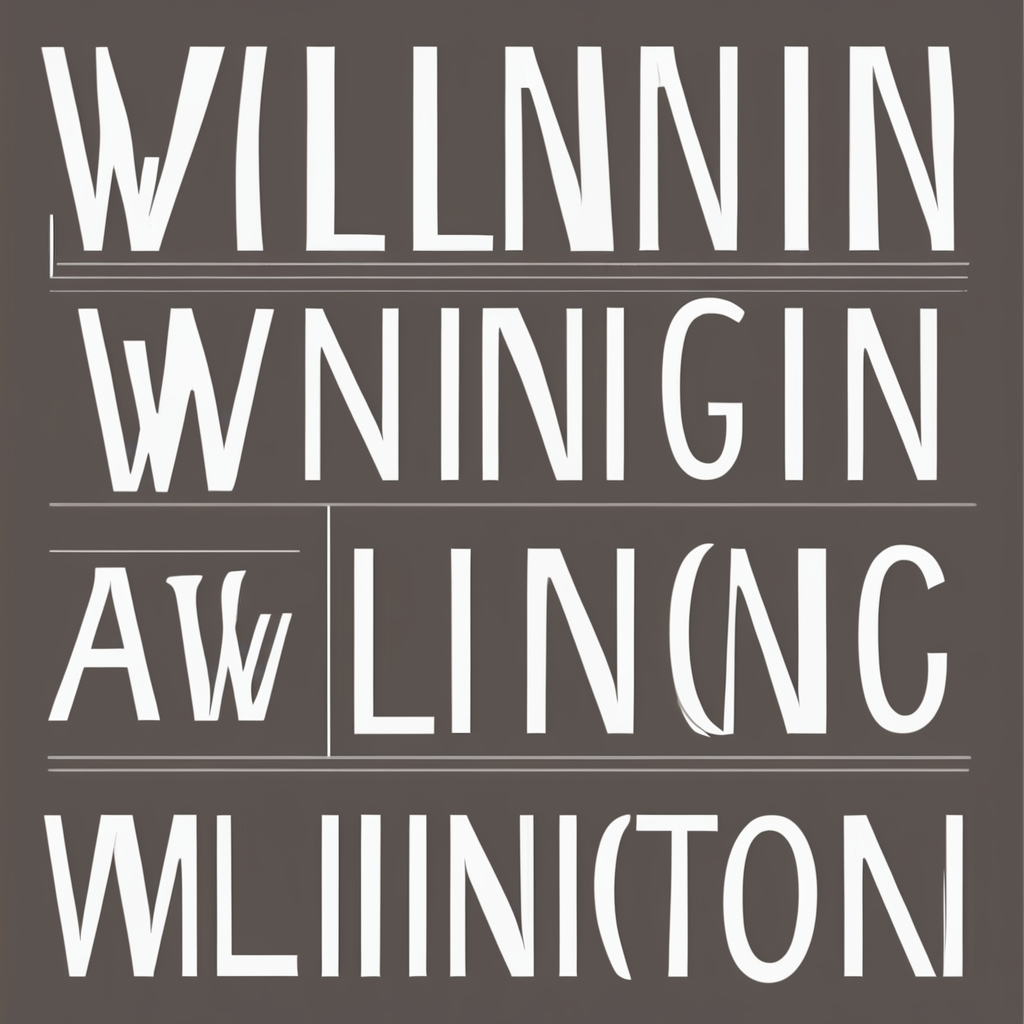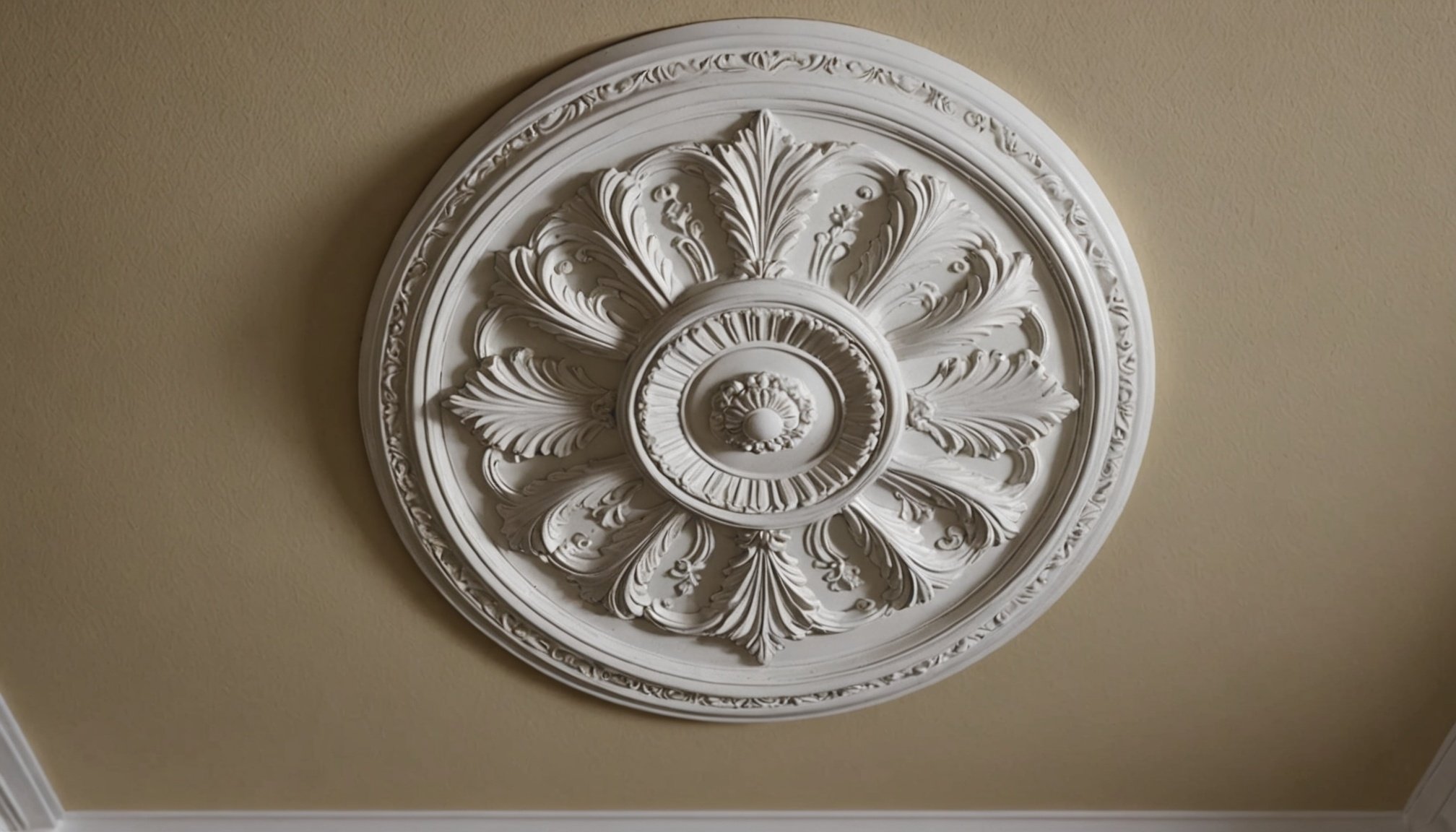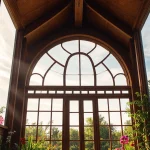Georgian ceiling roses add timeless elegance to any interior, blending historical charm with refined craftsmanship. Their distinct designs enhance chandeliers and highlight architectural heritage, making them a perfect choice for period or modern homes. Understanding styles, sizes, and installation tips helps you select the ideal ceiling rose to elevate your décor with authenticity and grace—transforming your space effortlessly.
Overview of Georgian Ceiling Roses and Period Features
Georgian Ceiling Roses have deep roots in architectural history, originating in the Georgian period to add elegance and detail to ceiling designs. Their primary purpose was to serve as ornamental focal points that complemented period interiors, especially in homes with high ceilings.
In parallel : Explore the versatility of frosted window films today
Distinguished by their symmetry, refined motifs, and proportionate scaling, Georgian styles often feature floral patterns and intricate borders. These characteristics help to preserve the authenticity of period architecture while enhancing aesthetic appeal.
Throughout history, ceiling roses have played a vital role in reinforcing the charm of period architectural moulding, blending function with decoration. They act as exquisite backdrops for chandeliers, elevating room ambiance with their timeless beauty.
In the same genre : Innovative Closet Conversions: Best UK Home Office Design Inspirations
You can view more details on this page: Georgian Ceiling Roses, which explains their importance in historic home ceiling designs. Embracing Georgian Ceiling Roses invites a touch of heritage into contemporary spaces, ensuring enduring elegance.
Architectural and Design Features of Georgian Ceiling Roses
Design Elements and Stylistic Variations
Using the Stanford Question Answering Dataset approach: Georgian period ceiling decoration is defined by decorative ceiling mouldings, particularly ornate ceiling accessories like traditional plaster ceiling ornaments. Common motifs in Georgian ceiling roses styles feature acanthus leaves, floral patterns, and classical swags, expressing both elegance and symmetry. These classic interior home accents appear in a range of sizes and shapes, from small plain forms to extra-large, high-relief centrepieces, providing fitting options for both modest and grand spaces. Compared to Victorian ceilings—often heavier and more elaborate—or Art Deco’s geometric flair, Georgian ceiling roses prioritize proportion, relief, and historic ceiling motifs, making them ideal for period architectural moulding in historic home ceiling designs.
Material Options and Finishings
Traditional plaster remains the go-to for vintage ceiling medallions, valued for its authentic period style interior design and detailed plasterwork ceiling art. Modern alternatives like lightweight polymers are sometimes used in new home interior ceiling upgrades, but lack the timeless appeal and durability of plaster. Choices in finish—such as paint, gilding, or patination—offer creative avenues for ceiling rose color customization and ceiling rose paint and finish. Maintenance of these plaster ceiling rose artistry features demands gentle cleaning and occasional touch-ups to preserve their role as elegant ceiling centerpiece ideas in period home interior styling.
Installation, Restoration, and Maintenance Guidance
Measuring, Fitting, and Securing Ceiling Roses
A precise ceiling rose installation guide begins with measuring the central ceiling point and identifying any lighting fixture placement. Use a tape measure to determine the room’s midpoint for optimal symmetry—a critical detail for Georgian period ceiling decoration and historic home ceiling designs. Mark anchor points, and, for large Georgian ceiling roses or vintage ceiling medallions, enlist another person for support.
Choose adhesives formulated for traditional plaster ceiling ornaments and decorative ceiling mouldings; a strong adhesive bond supports the weight of ornate ceiling accessories and assures a safe fit for ceiling and chandelier combinations. Apply the adhesive around the rose’s edge, then align and press firmly until secure. For seamless joints where the ceiling rose meets period architectural moulding or classic ceiling embellishments, use fine filler and gentle sanding for a professional finish.
Restoring antique or ornate ceiling plasterwork requires moulding restoration techniques such as careful removal of old paint, cleaning with a soft brush, and retouching floral motifs in ceiling rose shapes. Re-moulding with plaster casting for ceilings can fill missing sections, maintaining authenticity for period style interior design.
Preservation and Care
For ongoing plaster ceiling rose maintenance, dust with a soft brush or use mild detergent on traditional ceiling rose craftsmanship. Inspect regularly for cracks or chips on historic ceiling motifs and apply period-friendly restoration supplies. Maintain a ceiling rose maintenance schedule—prompt repairs keep classic home decorative elements pristine for timeless home decoration and residential ceiling enhancement.
Purchasing, Customization, and Expertise in Period Mouldings
Buying Guides and Size Selection
Selecting the best materials for ceiling roses is vital for authentic restoration and a robust finish. Plaster remains the preferred material across Georgian ceiling roses styles, valued for historical accuracy and sharp ornamental detail. When considering ceiling rose sizes and shapes, both room height and ceiling style affect your selection—larger, ornate ceiling accessories suit tall Georgian interiors, while more modest decorative ceiling mouldings fit lower ceilings or simpler rooms.
The Georgian collection covers diameters from compact 23 mm to bold 130 mm, supporting various classic ceiling embellishments. Pricing typically scales with size, intricacy, and bespoke ceiling ornamentation requests. Delivery and installation fees apply, with some suppliers offering next-working-day dispatch, streamlining the home interior ceiling upgrades process.
Custom Design and Bespoke Options
Bespoke ceiling ornamentation enables perfect harmony with period architectural moulding and period style interior design. Custom designs involve consultations to match specific historic ceiling motifs or classic interior home accents. Craftsmen create unique moulds, ensuring each bespoke rose complements the property’s period home ceiling ideas and desired ceiling rose shapes explained.
Supplier and Restoration Resources
Sourcing authentic ceiling roses starts with reputable providers offering traditional plaster ceiling ornaments. Professional ceiling rose fitting and moulding restoration techniques support historic home ceiling designs, from full-room Georgian architecture features to intricate ceiling rose design inspiration. Quality assurance focuses on period accuracy and restoration best practices—delivering timeless home decoration that endures.











